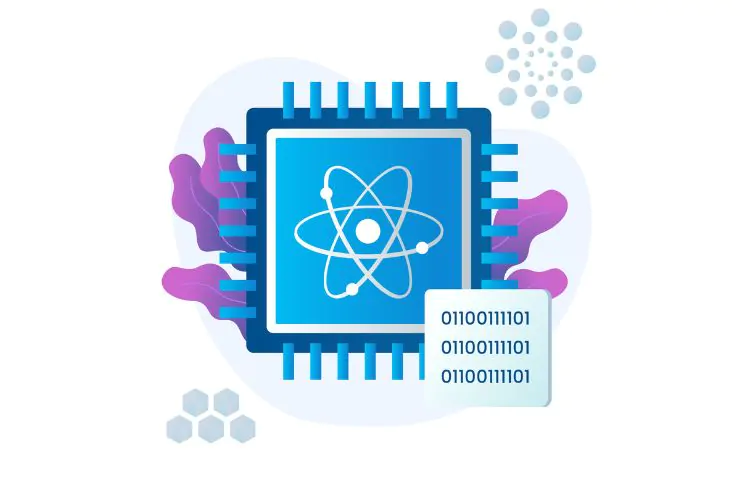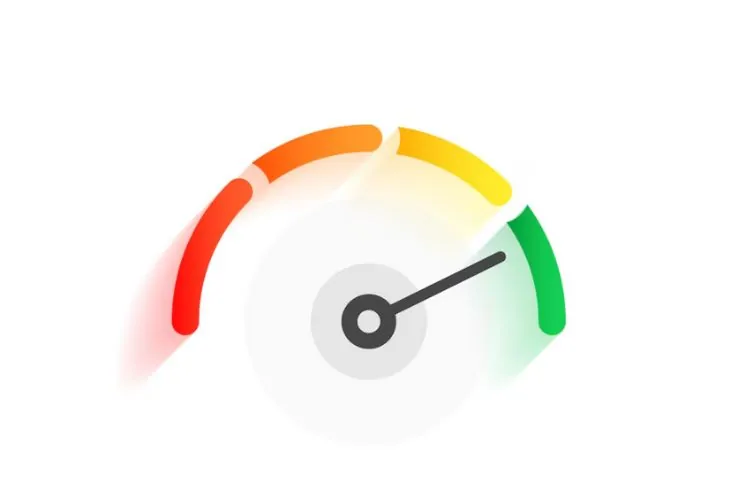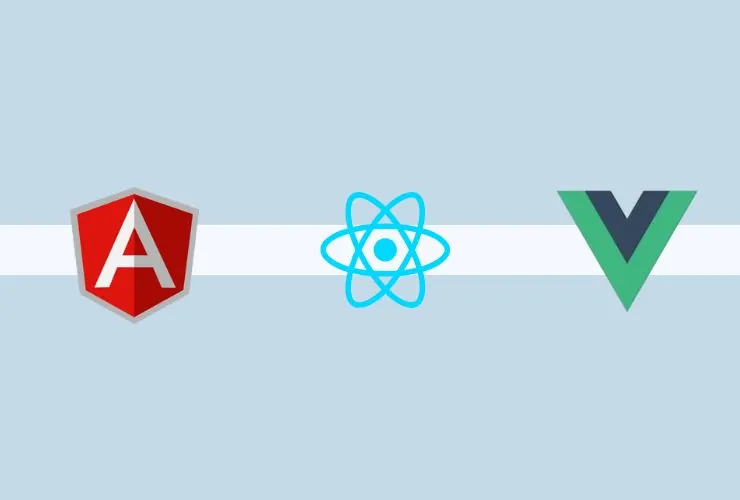React Fiber is a major overhaul of React’s core algorithm, introduced with React 16. It was designed to address performance issues and improve the responsiveness of React applications. Before Fiber, React used a synchronous reconciliation algorithm, which often caused sluggish UI updates, especially in complex or interactive applications.
1. The Problem with the Old React Algorithm (Stack Reconciliation)
Before React Fiber, React used a reconciliation algorithm called “stack reconciliation.” This method processed updates synchronously. While it worked for simpler apps with few updates, it became inefficient in complex applications or those requiring frequent updates, like animations.
The key issue was that stack reconciliation couldn’t break updates into smaller units. As a result, React had to process everything at once, blocking the main thread and making the app feel sluggish. This problem became especially noticeable in larger apps that required intensive UI updates.
2. React Fiber: The Reconciliation Rewrite
React Fiber rewrote the reconciliation process in React. This means it allows React to process updates asynchronously rather than synchronously. Fiber breaks up updates into smaller, incremental tasks so that React can prioritize what needs to be updated right away-the things that relate to user interaction and animation-and delay others, such as background data fetching, when the main thread is free.
Fiber prevents the UI from being blocked by breaking updates into smaller chunks. Thus, it makes the app more responsive even when handling complex updates. It guarantees smoother user experiences, especially when the UI has to remain interactive during heavy updates.
3. Improved Scheduling for Better User Experience
A standout feature of React Fiber is priority-based updates. In the Fiber, prior to that, React processes everything in a fixed order, but with Fiber, React assigns a priority level for each update. It puts critical tasks like user input or animations first. Lower-priority updates, like background data fetching, wait until the main thread is free.
This prioritization optimizes responsiveness. For example, React can process the user input first; then, the UI will feel instantaneous and interactive, even when the app is fetching data in the background.
4. Concurrency in React Fiber
With Fiber, one of the big improvements is concurrency. This means that React can actually process one update at a time, meaning all work had to finish in one pass. Now, though, React can pause and continue work later, interleaving tasks based on priority.
For example, React can split long-running updates into smaller chunks. It can pause the current work, respond to higher-priority tasks like user interactions, and resume rendering when appropriate. This leads to a smoother experience because the UI remains responsive even during complex updates.
5. Fine-Grained Control with React Fiber
Fiber gives developers more control over how updates are scheduled. Features like time-slicing and lazy loading become easier to implement.
- Time-Slicing: Fiber splits work into small chunks and schedules them over multiple frames. This is less likely to block the main thread and will provide smoother performance, especially for apps that have complex UIs.
- Lazy Loading: React Fiber makes it easier to load the components lazily. Only the necessary elements are loaded on the initial page. During the usage of the application by users, React can make additional resources in the background, improving the load times and avoiding unnecessary work.
Thus, all these features enable the developers to create high performance applications without blocking the main thread or sacrificing responsiveness.
6. Seamless Integration with React 18: Concurrent Mode
React Fiber is the base of the Concurrent Mode of React 18, which pushes performance further. It is possible to pause, interrupt, and resume rendering based on priority with Concurrent Mode. This makes React very intelligent about the updates, bringing smooth transitions and more responsive UIs.
Concurrent Mode also introduces Suspense for Data Fetching, which improves the user experience by displaying intermediate loading states. This keeps the UI from freezing while data loads. Together, these features help build faster, more interactive applications.
7. Real-World Performance Gains with React Fiber
This makes React Fiber’s improvement more pronounced in large applications, where updates are many and even real-time information has to be handled with regularity. Applications such as dashboards, video streaming websites, and real-time games would benefit from fiber improvements on scheduling, concurrency, and prioritization.
In development, developers have felt improvements such as faster page loading times, smoother interaction, and more responsive user engagement. Additionally, React Fiber aids SSR by improving SEO performance, meaning pages load faster with first initial page loads.
Conclusion
React Fiber is an upgrade transformation for React’s rendering and reconciliation system. It gives the developers better control over performance with asynchronous updates, better scheduling, and concurrency. All of this will ensure that user interfaces remain smooth and responsive, even in the most complex applications. Developers find it easier to write fast, high-performance applications in the scenarios involving real-time updates or very complex rendering logic using React Fiber.














